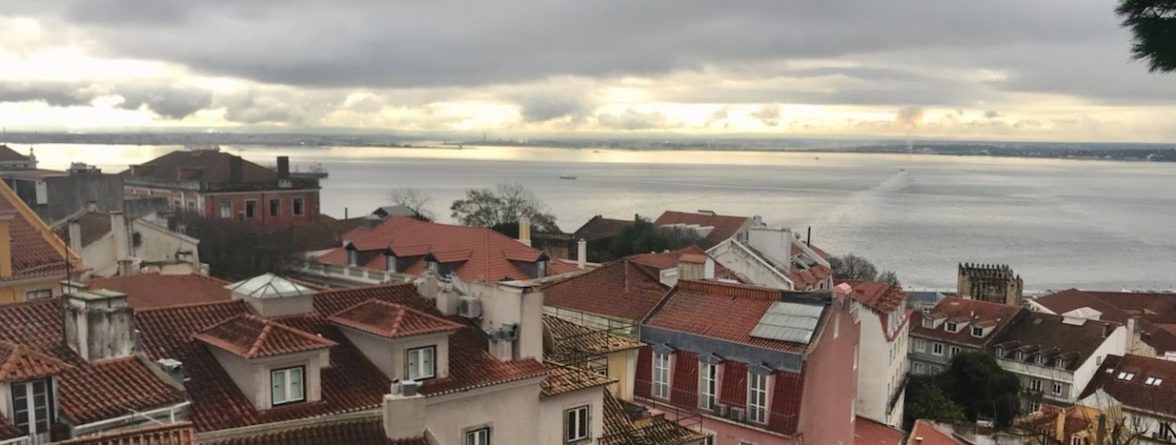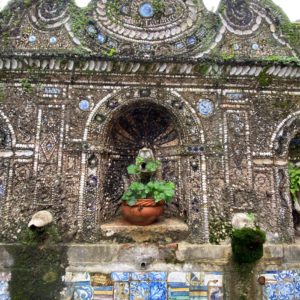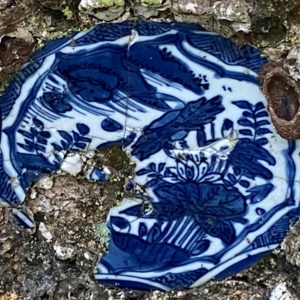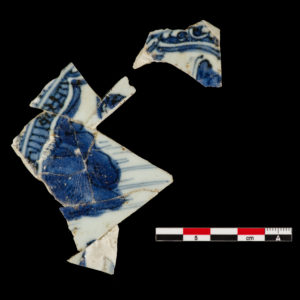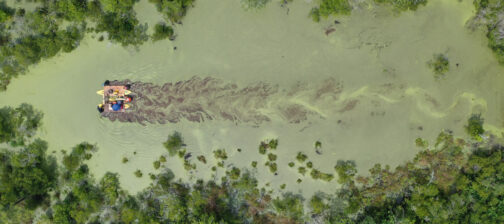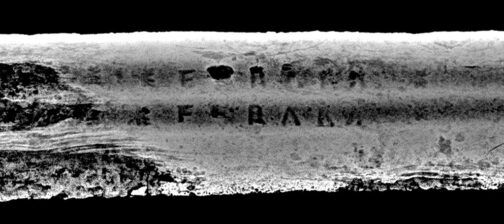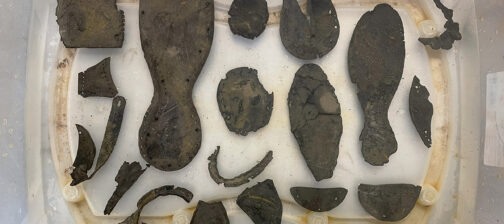Every January, the Society for Historical Archaeology and the Advisory Council on Underwater Archaeology, two international organizations for professional archaeology, sponsor the Conference on Historical and Underwater Archaeology. The conference is designed to allow participants to share their research, network with colleagues from across the globe, and explore fun, history-packed cities. In fact, Jamestown Rediscovery staff hosted this conference in Williamsburg in 2007 – in honor of the 400th anniversary of Jamestown’s founding.
Though the conference is generally held in the United States, occasionally international organizations will host this bevy of archaeologists. This year the conference was held in Lisbon, Portugal with the theme of “Revisiting Global Archaeologies.” While this theme could be applied in a multitude of ways, Jamestown’s curatorial team saw it as an opportunity to gather together some of our recent researchers to discuss the global nature of the collection.
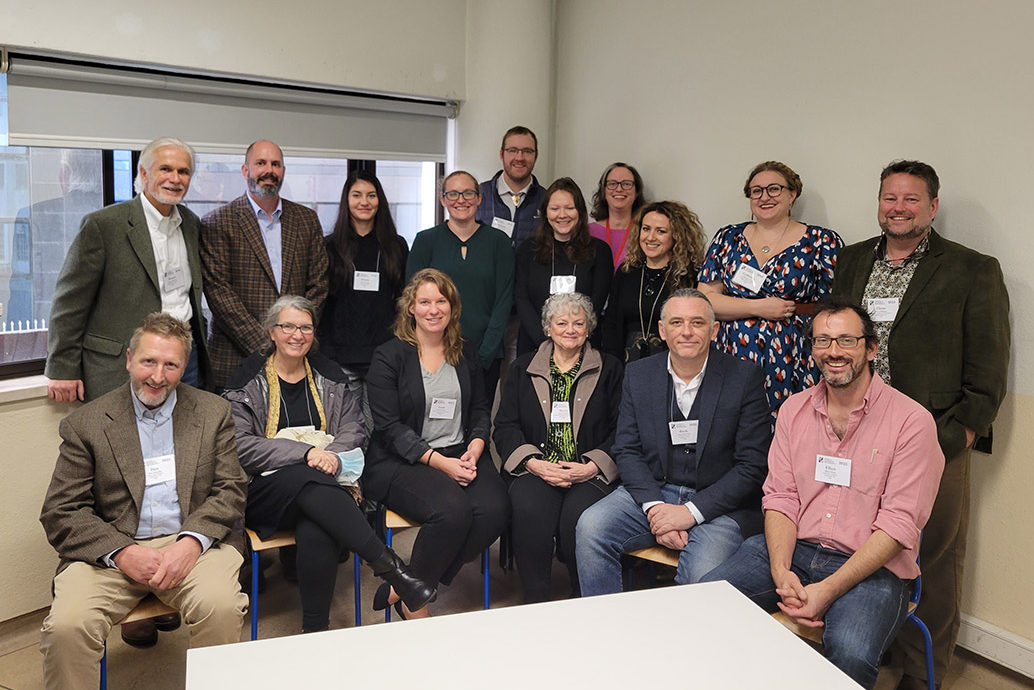
Our symposium, Opening the Vault: What Collections Can Say About Jamestown’s Global Trade Network, consisted of eighteen papers. Sixteen different institutions, companies, or organizations that have been researching various portions of Jamestown Rediscovery’s archaeological collection were represented, including members of our own curatorial, conservation, and museum staff. These papers highlighted not only the global theme of the conference, but also the value of collections-based research. Each of the presentations exhibited fascinating finds and conclusions with novel implications regarding various aspects of life at James Fort. Read abstracts of each presentation here. Many of these researchers have been featured on Jamestown’s social media pages.
This collections symposium was organized with several goals in mind. First, we wanted to hear about and share with our colleagues all of the really spectacular research that has been occurring here at Jamestown. Highlighting all of these projects was also intended to advertise to other colleagues that the collection is available to outside researchers for study. We feel that Jamestown’s collection could contribute to or benefit from many very interesting projects that archaeologists are involved in across the globe. We also wanted to connect the archaeologists working with our collection with each other so that they could discuss and compare their findings. Several of the projects share themes such as sourcing artifact and material origins, foodways, Native Virginian and English interactions, and how the colony was supplied. There were certainly reoccurring observations highlighted throughout the day and many of our presenters could be founding chatting after the symposium.
Lastly, we intend to bring together these projects, as well as others who were unable to attend the conference, in a future publication highlighting Jamestown’s collection. We are very excited about this possibility and hope to have a publication available in 2024. In the meantime, you can read all the presentation abstracts here.
Also representing Jamestown, was a paper and presentation entitled “Jamestown: An English Fort in the Land of Tsenacommacah” given by Director of Archaeology David Givens in a symposium on Colonial Forts in Comparative, Global, and Contemporary Perspective. This presentation situated Jamestown within the realities of the environment encountered by English colonists in early 17th century Virginia. The natural landscape, availability or lack of various supplies, and both positive and negative interactions with the powerful Powhatan Confederacy shaped the new English settlement and forced the colonists to adapt many of the plans and expectations developed in Europe. This paper will be included in a forthcoming SHA journal.
Relevant highlights from our time in Portugal were mostly reflected in the ceramics that the curatorial team seemed to find everywhere they went. From castles, forts, and convents, to archaeology museums, the curators took many, many pictures of vessels or sherds that we also find represented in Jamestown’s collection. As expected, there were many Portuguese Faience vessels to be seen, but also spotted were Montelupo and Berettino from Italy, Frechen from Germany, and a delightful amount of Lustreware from the Valencia region of Spain.
Senior Curator Merry Outlaw was especially interested in all of the Chinese Porcelain, found in both museum displays and throughout town as the Portuguese were the first Europeans to establish a trade network in the Far East. Pictured below is an elaborate shell grotto in the gardens of the Palace of the Marquesses of Fronteira. As you can see, it is decorated with sherds of Chinese blue and white porcelain. The base sherd framed by shells (featured in the close-up photograph) closely resembles Ming porcelain sherds of the late Wanli era that were recovered from James Fort.
- Grotto in the gardens of the Palace of the Marquesses of Fronteira
- Close up image of a blue and white porcelain plate surrounded by shells in the grotto of the palace of the Marquesses of Fronteira
- Mended porcelain sherds from the late Wanli era that were excavated at James Fort


